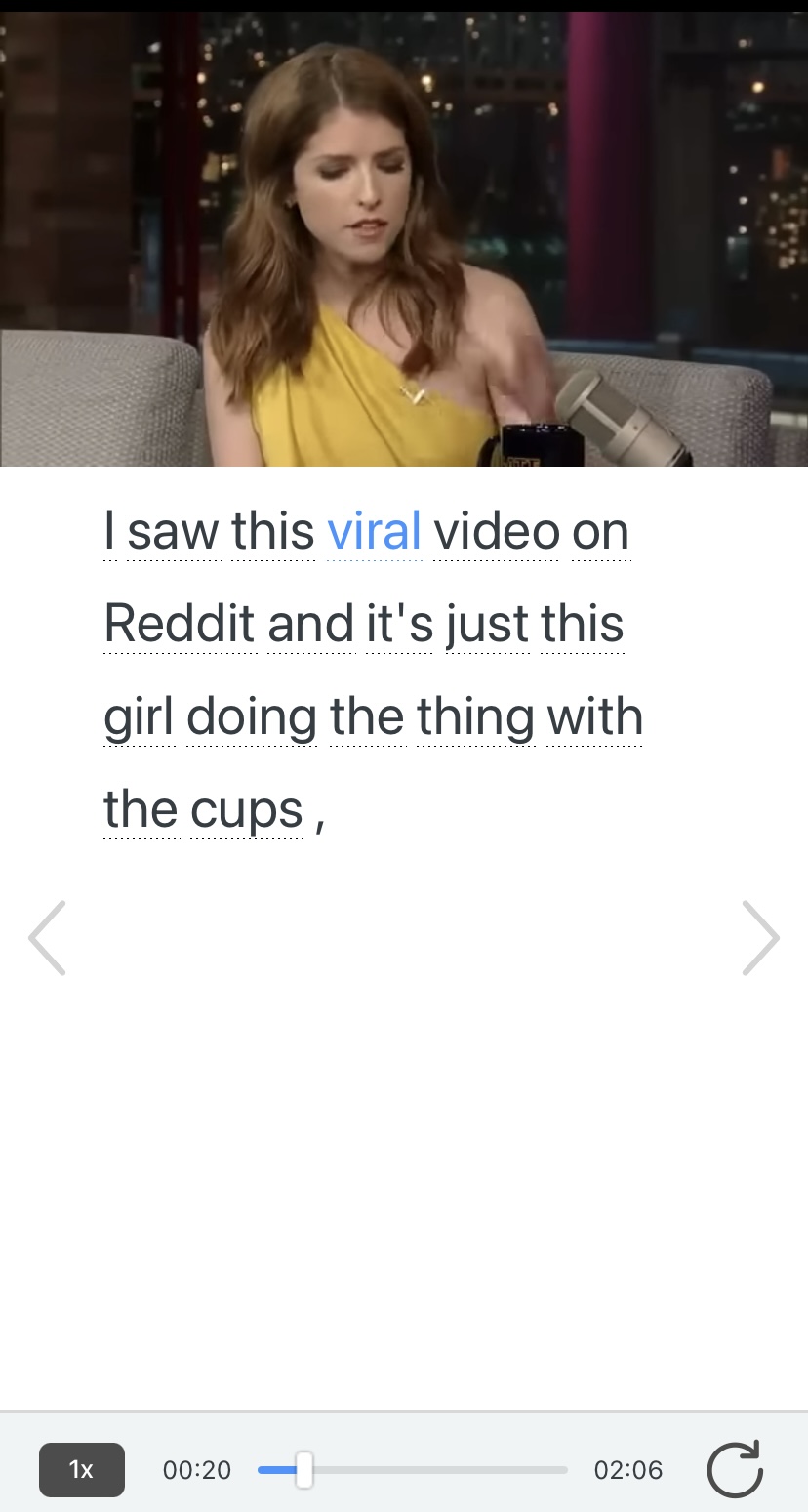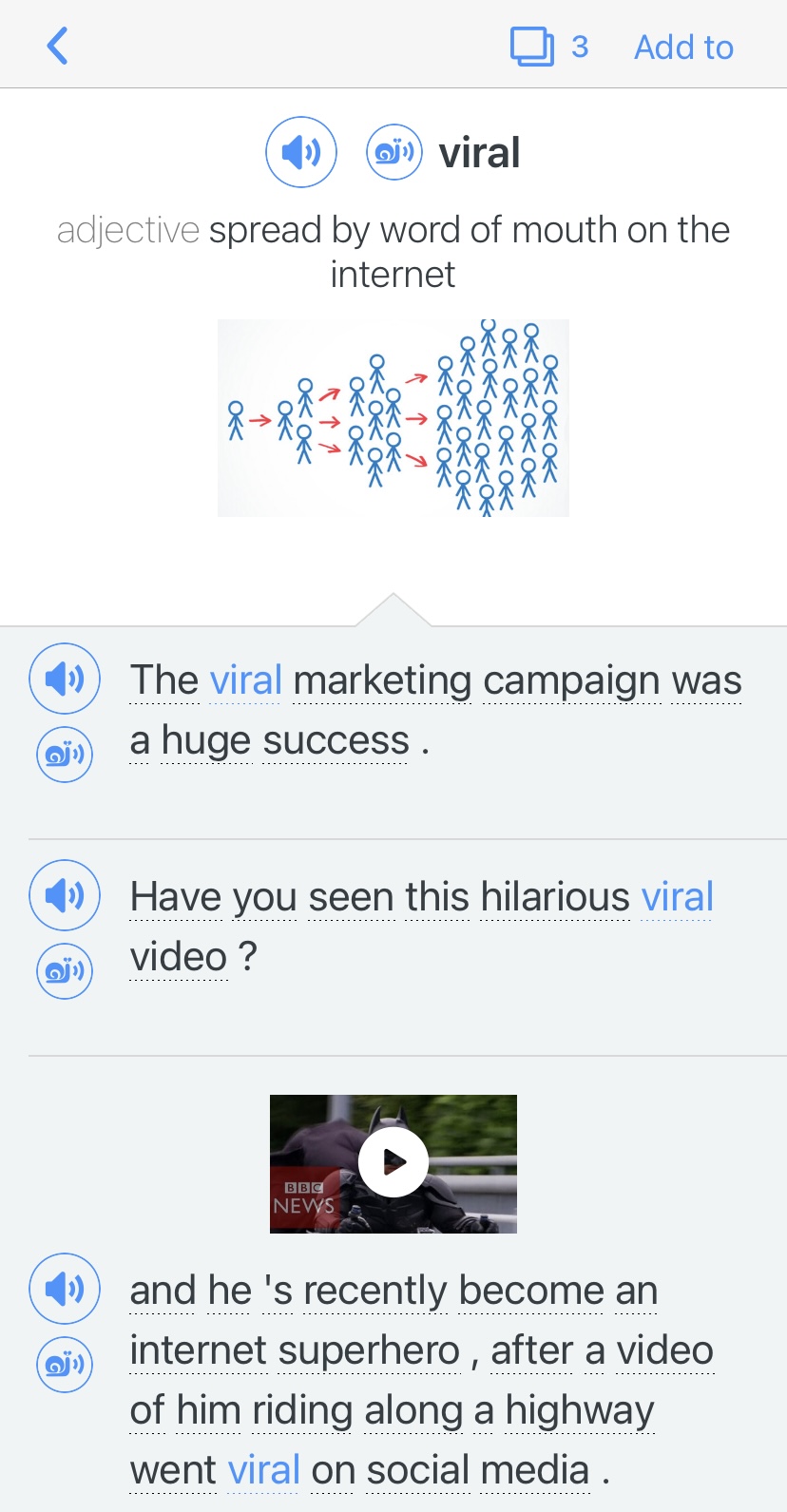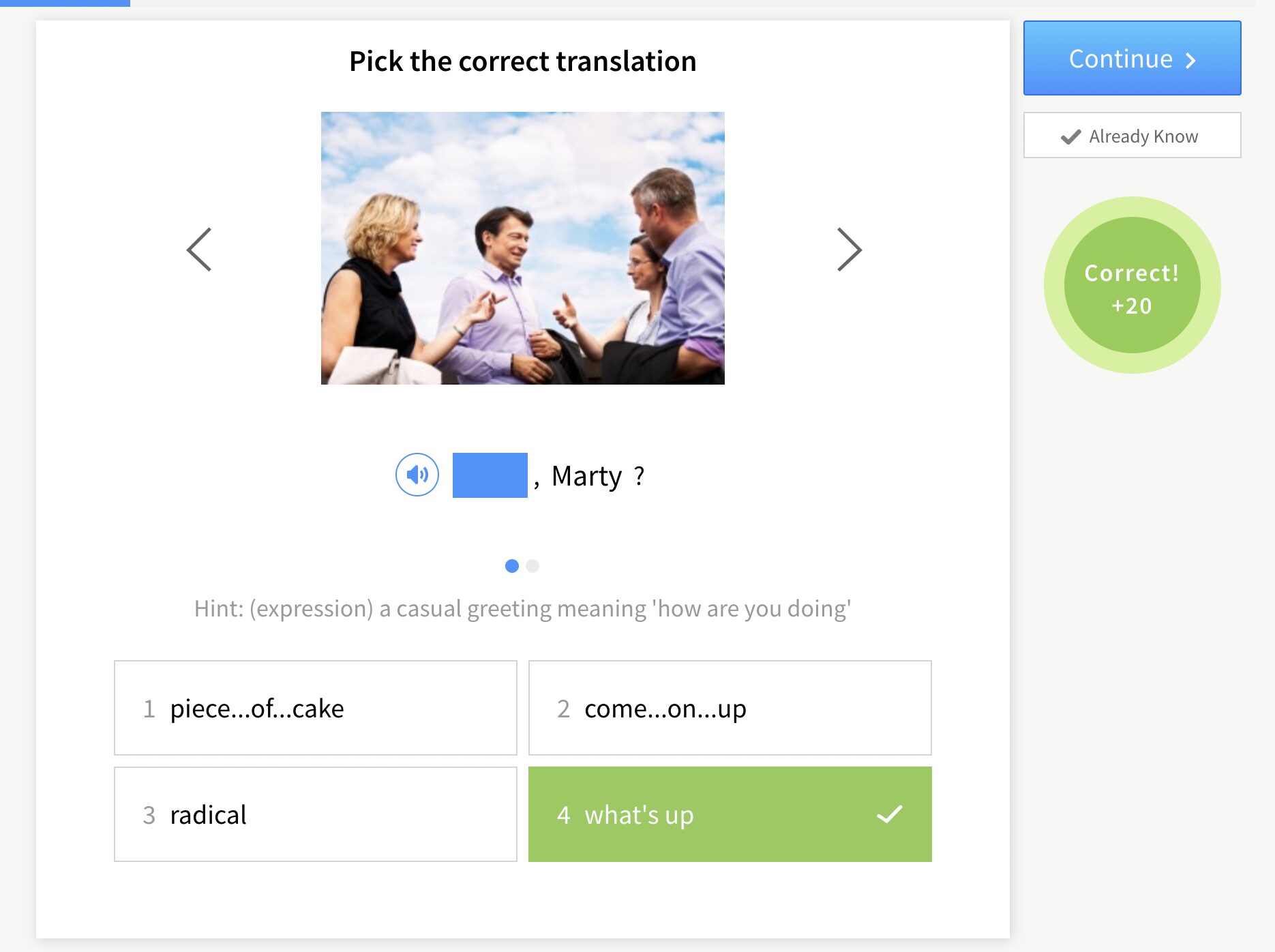6 Strategies for Teaching the Schwa Sound

The schwa sound is easy to pronounce—no tongue-twister required at all. However, students tend to forget about it or fail to notice it in words because it’s “invisible.”
You can’t really tell if a word uses a schwa just by looking at the spelling. But there are ways to teach the schwa sound that won’t have your students blinking in confusion. Let’s go over the top strategies for teaching the schwa sound so ESL students can really understand what it’s all about (and keep practicing it after your class).
Download: This blog post is available as a convenient and portable PDF that you can take anywhere. Click here to get a copy. (Download)
What is the Schwa Sound?
The schwa matters so much because of the following:
- It’s the most common sound in the English language.
- The general rule for schwa is that it only happens in unstressed syllables.
- Any vowel can show up as a schwa.
- When you check out pronunciation guides in dictionaries, you’ll often spot an inverted E (/ǝ/), which symbolizes the schwa.
Here is a quick video that explains this sound.
How to Teach the Schwa Sound
When you’re teaching the schwa sound, the key is to proceed slowly.
Think of it as being like piling building blocks on top of each other. The only way students will be able to absorb more concepts is if they already have a solid foundation on the current topic.
Here are some of our favorite strategies that you can apply to your ESL lesson.
Check how well students understand word stress.
Don’t dive into the schwa sound right away! First, check whether students have at least a basic grasp of word stress in English.
One way to do this is to write down a word for everyone to see. Say it slowly at first on your own, then have your students repeat it back. You can then ask your students the following questions:
- How many syllables are in this word?
- Which syllable is stressed?
- How do you know when a syllable is stressed?
As an additional cue, you can clap your hands or tap your arm for each syllable as you pronounce the word. Alternatively, play around with the stressed syllable of a word.
For example, pronounce the word “paper” with the first syllable stressed (“paper”) and then the second syllable stressed (“paper”).
Students should then point out which is the right pronunciation. This emphasizes how important word stress is—the wrong word stress can make a word difficult to understand for other English speakers!
Demonstrate how to pronounce the schwa.
The schwa is often described as a “lazy” sound that’s similar to “uh.”
When you pronounce it, the mouth is very relaxed. It’s also very fast to say, making it the shortest among all of the short vowel sounds.
If ESL students can already repeat the basic schwa sound, move on to words that use the schwa on different vowels, such as:
Explain to your students that the highlighted vowels in these examples are all pronounced as schwa. Instead of saying the regular vowel, they should say the schwa sound instead.
Going over a lot of words is helpful because students need to get used to the idea that all five vowels have similar sounds when converted into a schwa!
Teach students to identify the schwa sound on their own.
After going over schwa pronunciation, students usually have another question in mind: When are they supposed to say it? More than the pronunciation itself, this is what makes the schwa sound so tricky.
As we said above, the schwa only happens in unstressed syllables. Most of the time (but not always!), unstressed syllables in a word use a schwa.
Some one-syllable words also use a schwa because they’re considered unstressed function words—for example, “the” and “a.”
To highlight these cases, dedicate some time to having students mark unstressed syllables. You can start with words such as “butter” or “compete” before expanding to full-on sentences. Have them divide the word into syllables first:
butter → but | ter
Then they can highlight or circle the unstressed syllable and write the schwa symbol e (ə) instead to represent the schwa sound.
butter → but | ter (ə)
After your students are a little more comfortable identifying the unstressed syllables, let them listen to native audio to see if they can spot the schwa sounds on their own. Podcasts, audio stories, YouTube videos and FluentU clips are all great options for this kind of exercise.
FluentU takes authentic videos—like music videos, movie trailers, news and inspiring talks—and turns them into personalized language learning lessons.
You can try FluentU for free for 2 weeks. Check out the website or download the iOS app or Android app.
P.S. Click here to take advantage of our current sale! (Expires at the end of this month.)

Group together example words by vowel.
One of the most confusing points about the schwa sound is that it can literally show up as any of the five vowels (A, E, I, O and U).
To save students from getting overwhelmed, you can organize your schwa word examples by vowel. For each vowel, contrast the schwa sound with the short and long vowel sounds. If you’re handing out word lists, make separate ones for each vowel rather than mixing them up under one huge vocabulary list.
Schwa A is generally the best place to start because it’s the most straightforward! With schwa A, you might demonstrate these with words like:
A useful exercise for this would be a word sort. List down words that all use the schwa sound, then ask students to group them based on which vowel uses the schwa.
For example, your word list might include “better,” “melon” and “available.” Students would then sort this by putting “better” under schwa E, “melon” under schwa O, and “available” under schwa A.
Get creative with metaphors.
Even when they’re already aware of the schwa sound, you might notice students still defaulting to the original vowel pronunciation! If they’re still having a hard time keeping it in mind, try to make it more memorable by using metaphors.
Compared to other sounds in English, you can’t really show the mouth position for schwa using your hands because the mouth is just open and the tongue barely moves.
What you can do instead is to vividly show how it’s a “lazy” sound. Ask your students to imagine that they’ve just spent a while running and are completely exhausted. Or maybe it’s at the end of the day and all they want to do is collapse on their bed.
Instead of saying the full vowel sound, they’ll just say “uh” because they’re feeling lazy. When you explain it like this, it makes the schwa sound more memorable.
If your students keep making mistakes with the schwa because of their understanding of stress, you can compare it to being like a wave that goes up and down throughout the sentence.
To demonstrate this, mark a sentence with waves to signify the rhythm. The wave peaks when a syllable is stressed, and it goes down with unstressed syllables. Then say the sentence very slowly and exaggeratedly, with your voice dipping with the schwa sound.
Acknowledge that it’s an ongoing part of the English learning journey.
Even advanced English learners can still make mistakes with the schwa sound!
There are plenty of other challenging sounds in English such as “th” and “z,” but once students understand how to say these sounds the first time, they usually stick.
When it comes to the schwa sound, though, students tend to learn it word by word. They might say “brother” correctly, pronouncing O as a schwa, but they might miss the schwa O in “action.”
Because of this, it’s unrealistic for students to expect that they’ll get the schwa sound right every time. Most likely, they’ll start using it in more and more words as they pick up new vocabulary, with their English pronunciation gradually getting better.
Why the Schwa Sound is Challenging for ESL Learners
Although the schwa is found in so many words, it’s not surprising that ESL students struggle with it, even at advanced levels. In fact, it’s the top source of pronunciation mistakes among English learners! Here are three main reasons why.
It’s easy to miss out on because it’s not associated with a single letter.
English pronunciation is notorious for not being the most straightforward—it doesn’t always follow spelling. There’s no one letter in a word that stands for the schwa sound.
For example, in the word “panda,” the first A is a regular A, while the second A is a schwa.
Because it seems logical to read words out loud as they’re written, ESL students often end up neglecting the schwa sound.
Students might still be confused about how stress works in English.
To understand the schwa sound, students would have to look at word and sentence stress instead of spelling alone.
Some students might still be confused about stress, especially if their native language has a different concept of stress from English.
The importance of the schwa sound can be extremely understated.
It might not be obvious to ESL students how influential the schwa sound is to their English speaking. They might see it as an optional “add-on” when leaving it out drastically changes how a word sounds!
What contributes to this impression is that native English speakers can seem clueless about the schwa sound. Although they might not know the exact name for it, they instinctively use the schwa all the time. In contrast, English learners have a lot to gain from being specifically taught about the schwa.
Whatever dialect of English your ESL students are looking to speak, the schwa sound is always going to be a prominent feature.
If a student is wondering why their English doesn’t follow standard pronunciation, then it’s likely that they need to work on their schwa.
Even with just a basic awareness of the schwa sound, ESL students can already go a long way toward improving their English speaking skills. After all, one reason why the schwa can be so elusive is that ESL students might not even have heard about it.
The schwa sound is a crucial piece of the English pronunciation puzzle. The more comfortable students are with it, the more they’ll master English pronunciation—and that’s very fulfilling to witness as a teacher!
Download: This blog post is available as a convenient and portable PDF that you can take anywhere. Click here to get a copy. (Download)
And One More Thing…
If you’re like me and prefer learning English on your own time, from the comfort of your smart device, I’ve got something you’ll love.
With FluentU’s Chrome Extension, you can turn any YouTube or Netflix video with subtitles into an interactive language lesson. That means you can learn from real-world content, just as native English speakers actually speak.
You can even import your favorite YouTube videos into your FluentU account. If you’re not sure where to start, check out our curated library of videos that are handpicked for beginners and intermediate learners, as you can see here:
FluentU brings native English videos within reach. With interactive captions, you can hover over any word to see an image, definition, and pronunciation.
Just click on the word to see other example sentences and videos where the word is used in different contexts. Plus, you can add it to your flashcards! For example, if I tap on the word "viral," this is what pops up:
Want to make sure you really remember what you've learned? We’ve got you covered. Practice and reinforce the vocab from each video with learn mode. Swipe to see more examples of the word you’re learning, and play mini-games with our dynamic flashcards.
The best part? FluentU tracks everything you’re learning and uses that to create a personalized experience just for you. You’ll get extra practice with tricky words and even be reminded when it’s time to review—so nothing slips through the cracks.
Start using the FluentU website on your computer or tablet or, better yet, download our from the App Store or Google Play.
Click here to take advantage of our current sale! (Expires at the end of this month.)










